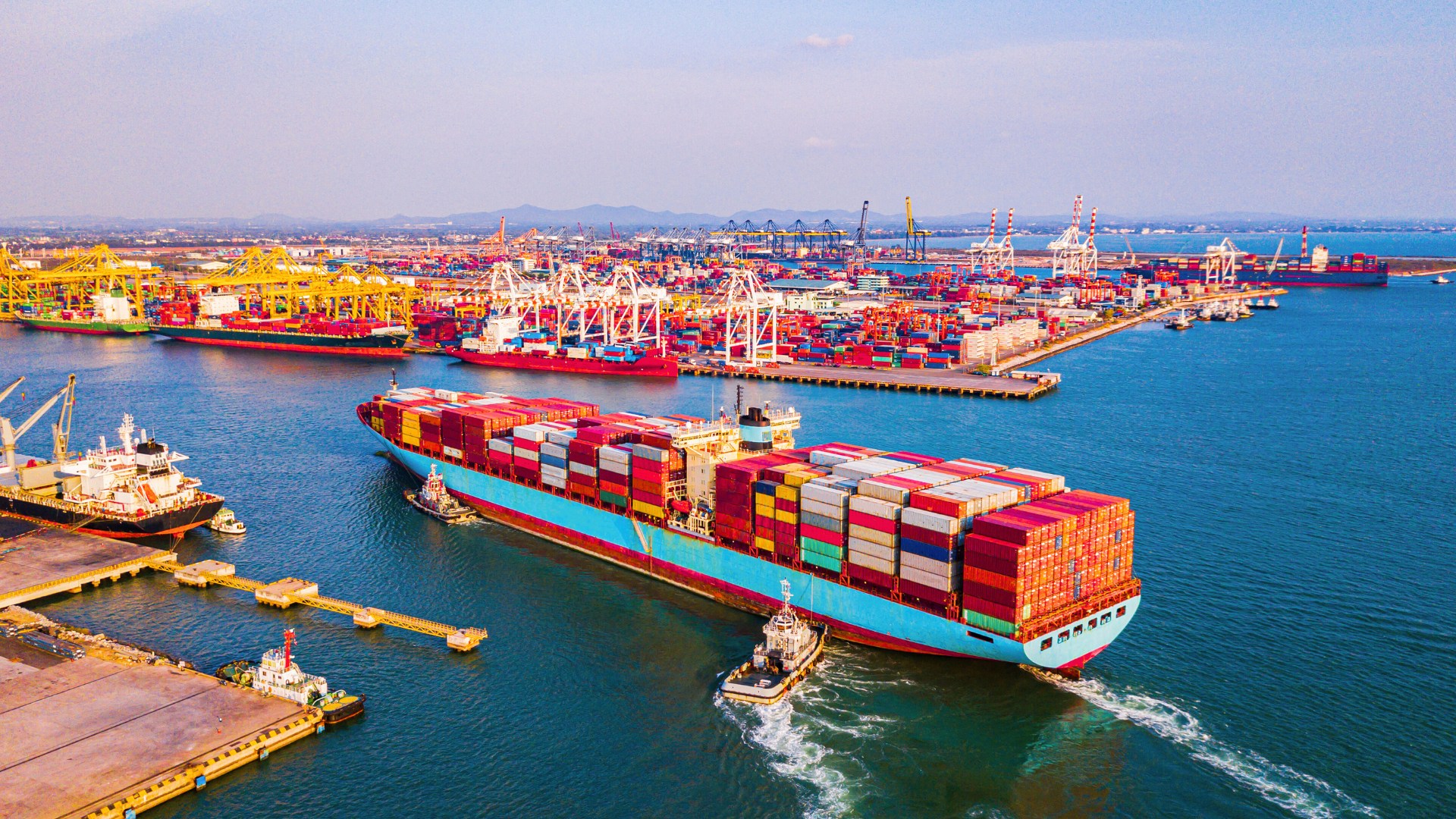As the Chinese ascent continues, it is only natural that it should seek to attain a full suite of China manufacturing capabilities. These allow it to control its own domestic destiny rather than finding itself dependent on outside sources.
Starting in 2008, the government of China put forward a project designed to gain entry into one of the largest, lucrative, and yet extremely difficult to penetrate markets in the world. For many years, worldwide civil aviation has been dominated by two players—US-based Boeing and European-based Airbus.
Rather than cede such an important market to overseas competitors, China sought to jumpstart its domestic aviation industry through the foundation of COMAC, the Commercial Aircraft Corporation of China, Ltd. Starting essentially from zero, Comac has been aiming at the first rung in the ladder of civil aviation by producing the C 919, an airframe designed as a competitor to the massively popular Boeing 737 series.
As China has always done, it has sought out the technical expertise lacking in its domestic China manufacturing efforts through the use of joint ventures and operating agreements. These agreements grant foreign entities access to China’s domestic market and use of its low-cost industrial plant in return for a sharing of already developed overseas technology.
While larger overseas corporations such as Ryanair and Bombardier have already signed up for cooperative development of the C 919, this does not mean that the door is closed to any other external aircraft suppliers. In fact, quite the opposite is true. Just as Boeing and Airbus have established a series of mutually-profitable business relationships with a series of subcontractors, the rapidly developing Comac offers the same sort of ground-floor chance to a set of suppliers who perhaps find themselves locked out of the current civil aviation duopoly.
Such potential Comac partners have a great deal to offer China’s fledgling domestic producer, yet they all suffer from a lack of familiarity with the way in which business is done in China. Given that the window of opportunity to partner up with Comac will only be open until a new set of business relationships are forged for the new venture, it is imperative that potential civil aviation component suppliers rapidly acquaint themselves with domestic business and administrative procedures.
Under such a deadline, the only realistic hope of achieving the necessary familiarity is to seek the guidance of some local entity which can guide them in the right direction. They need someone to provide domestic managerial expertise that enables offshore companies to set up operations inside China in the shortest possible time and with the least amount of inconvenience or delay. No matter what sort of internal venture is contemplated, Chinese law is very firm on the need to have a Chinese partner involved in all foreign-sourced endeavors.
What this means in terms of building a relationship with Comac is that any interested offshore company will have to find an amenable firm to assist in its entry into China’s domestic marketplace. This is very much like what ITI does. Here, we make a company’s transition into China manufacturing as simple as possible. Whether you’re in the aviation industry, furniture, toys or anything else that can be manufactured, don’t miss out on the great opportunities in working with China and ITI. Contact us today!





